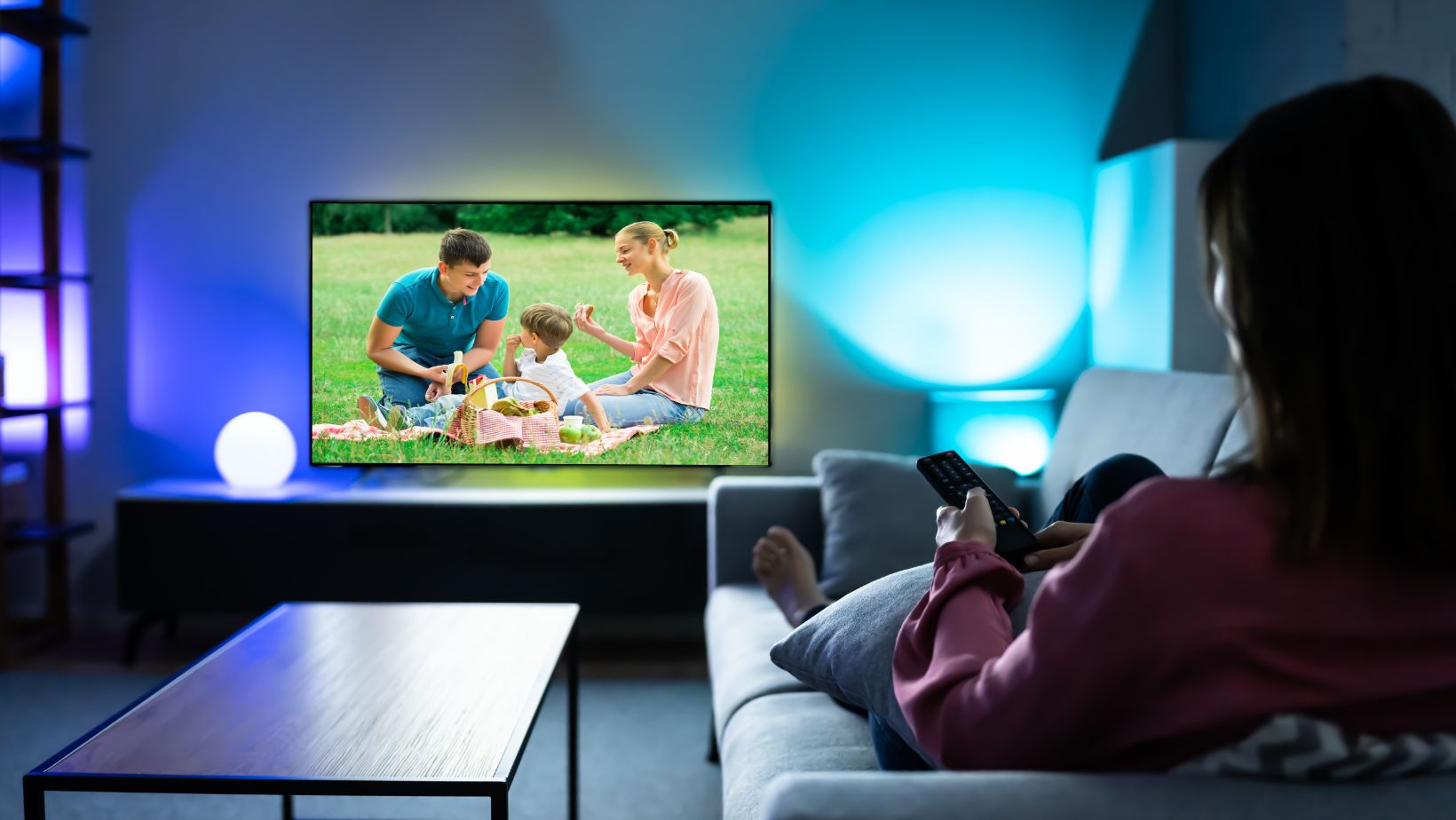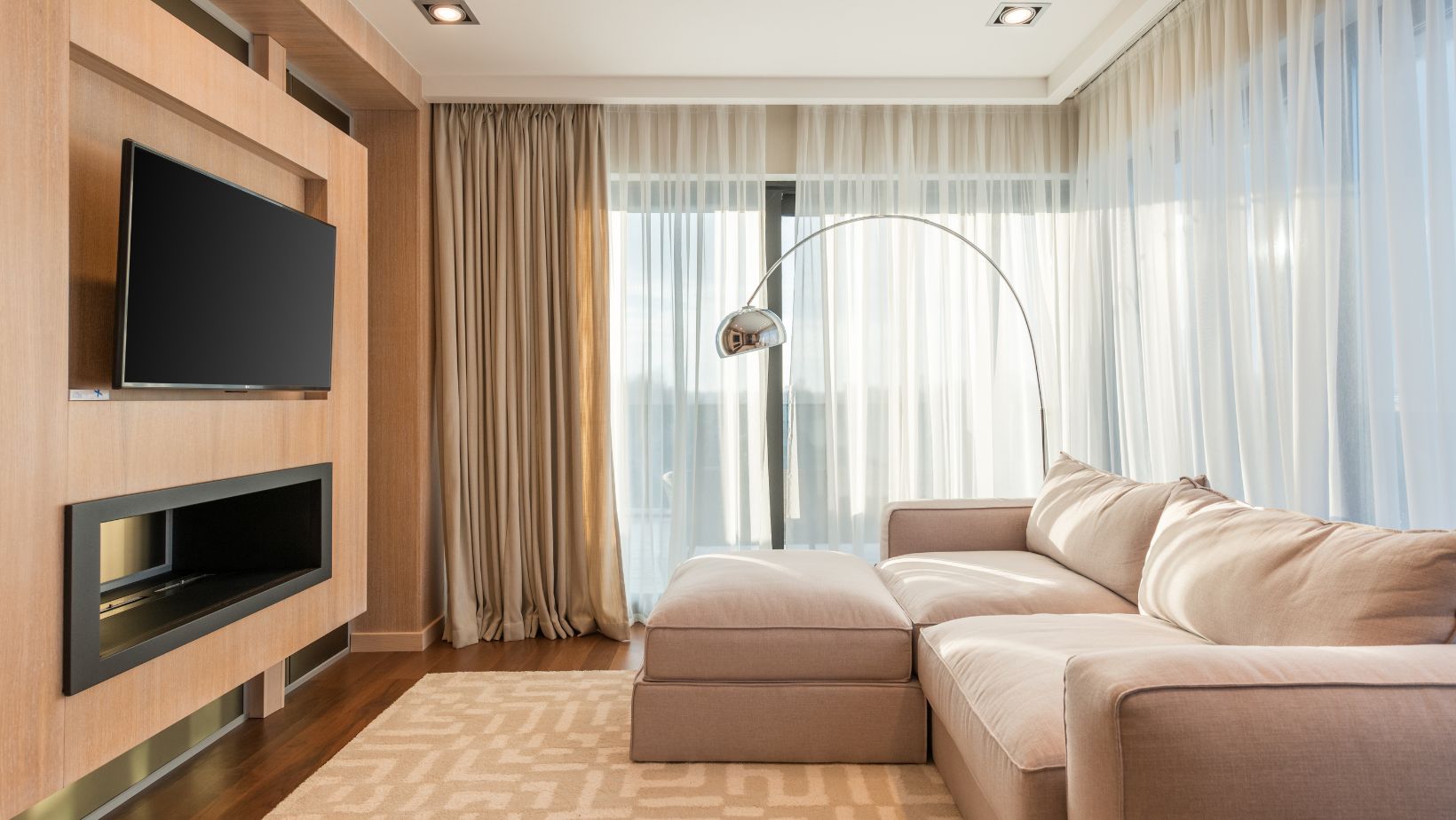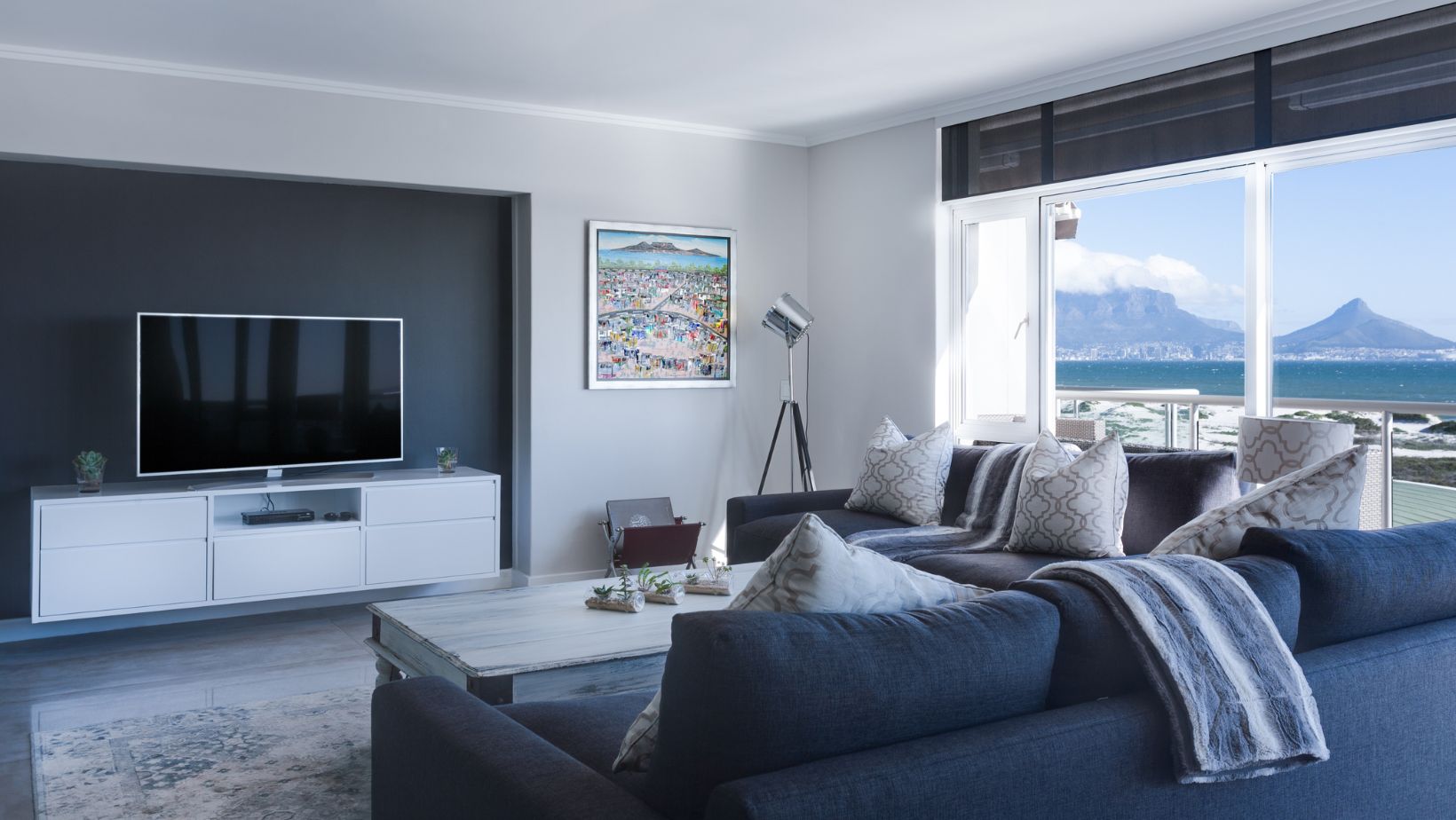
With your Mac connected to your Roku TV, your living room becomes the hub of virtual activity for your home. This basic configuration allows for a range of experiences, including gaming and education in virtual reality. With the knowledge of how to connect Mac to Roku TV, you are in a position to improve your virtual communications from the comfort of your couch. By making a few modifications and acquiring the right gear, you’re prepared for interstellar adventures from the comfort of your living room. Without further ado, allow me to guide you through the basic requirements you will need to start.
Essential Equipment Overview
Checking Compatibility
Before that, ensure that both your Mac and Roku TV devices can support the VR content that you intend to play. The majority of today’s Macs come pre-configured and should be suitable for the job with the right specifications; it is always useful to check that your particular model has enough memory and a sufficient graphics card. Your Roku TV should be up to date, should be able to accept high definition input from your Mac with no lag.
Gathering the Necessary Gear
For a wired connection between your Mac and Roku TV, you require a good-quality HDMI cable. If you wish to go wireless, please make sure that the Wi-Fi signal is strong enough to stream without any interruptions. It is highly recommended that you have a high-quality VR headset that supports Mac for the best experience. You can also look into other peripherals that can go with VR, such as a specialized VR controller and perhaps an audio system that can be integrated into your VR experience.
Step-by-Step Configuration Guide
It is easy to connect your Mac to your Roku TV. If you are utilizing an HDMI cable, then you only need to connect one end to your Mac and the other end to the Roku TV. Connect your Mac to your TV using an HDMI cable, then turn on your television and change the input to the HDMI cable you are using. For a wireless connection, use AirPlay: turn it on your Mac and choose your Roku TV as the target.

Once you’re connected, it’s time to tweak the settings. On your Mac, adjust the display settings to ensure the resolution matches your TV for the best viewing quality. On your Roku TV, you may want to alter the picture settings to optimize for VR content, which often requires specific adjustments to contrast and brightness to look its best. These steps will help ensure that what you see in your headset is as sharp and responsive as possible.
Curating VR Content for Large Screens
Choosing the right VR content to display on your large screen can make a significant difference in your experience. Here’s how to ensure you get the most out of your setup:
- Verify that the VR content is compatible with both Mac and Roku TV platforms.
- Choose VR games and videos that offer high resolution to take full advantage of your Roku TV’s display capabilities.
- Interactive games and panoramic videos are particularly impressive on larger screens.
- Before settling in for a long session, test short clips to check how well your setup handles the streaming.
- See what others are saying about specific VR titles regarding their experience on larger screens to avoid disappointment.
Advanced Tips for Enriched VR Playback
Enhancing Visual Quality
To truly transform your living room into a virtual escape, focus on maximizing the visual quality of your VR content. Adjust your Mac’s graphic settings to optimize for VR playback—increasing the resolution and frame rate can drastically improve the clarity and smoothness of the image. On your Roku TV, experiment with color settings and sharpness to see what best complements your content.
Syncing Audio for Immersive Sound
The audio experience is just as important as the visuals. Ensure your sound settings are configured to output through your Roku TV’s speakers or your external sound system if you have one. For VR, using a surround sound setup can enhance the feeling of being in another world, making every sound more realistic and directional.
Troubleshooting and Maintenance
Maintenance is a crucial aspect when it comes to the VR setup to ensure that it is always in the best condition. To begin with, make sure that all the applications on your Mac and Roku TV are updated since updates are known to contain solutions to the device’s performance issues. One should also always verify connections, be it HDMI or wireless, to confirm that the connections are tight and are passing data correctly.

If you have problems such as lag or stutter during playback, the first thing to do is check your internet connection to see if you are using streaming. It can be suggested that the settings be lowered for a short time in order to see if the issue is related to bandwidth. In case of chronic problems, try to uninstall and reinstall the devices or the VR applications on your Mac to remove any program hitches.
Embracing New Dimensions
Just occasionally, a small alteration can make a massive improvement to your VR feel. Consider rearranging your furniture. Having more space in the living room other than avoiding incidents also enables the playing of physically engaging VR games. It is like having a home theatre consisting of games that you can play anytime you want.
Looking at the future, as technology advances, new possibilities will appear, allowing the incorporation of VR into home entertainment systems. Look out for updates on the apps that contain even more content and improved functionality in your setup. Of course, every advancement in technology is a chance to level up your experience and make sure your living room is still your portal to a whole new world.







